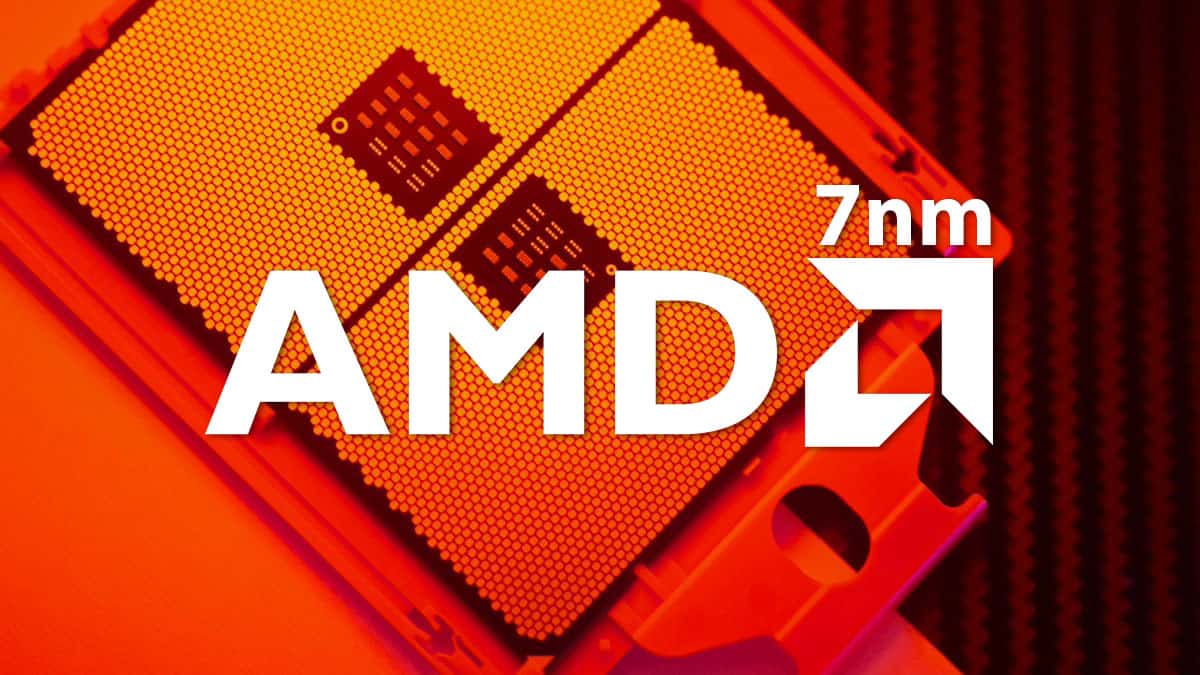The Advanced Micro Devices (NASDAQ: AMD) stock price has been under pressure lately. The stock has dropped to $76, which is 23% below the year-to-date high of $99. It has dropped by more than 17% year-to-date while the iShare Semiconductor ETF (PHLX) has jumped by more than 7%.
AMD vs PHLX
AMD under pressure
Are you looking for fast-news, hot-tips and market analysis?
Sign-up for the Invezz newsletter, today.
AMD has been in the spotlight in the past few years as the company has continued to gain market share from Intel. Indeed, in the past five years, the AMD stock price has surged by more than1,800% while Intel has gained by just 72%.
This strong performance is mostly because AMD has executed well across its product lines. For example, according to Passmark, AMD has increased its market share in the CPU industry from fro17% in 2016 to 38.6% in the most recent quarter. In the same period, Intel’s market share has fallen from more than 80% to 62%.
AMD vs Intel market share
AMD has benefited from Intel’s missteps. For example, many companies like Microsoft (MSFT) and Apple (AAPL) have dumped Intel in favour of their own silicons. Also, Intel has delayed launching its 7nm chips several times before. Today, most gamers prefer using AMD’s chips instead of those manufactured by Intel.
AMD stock price has lagged this year mostly because of profit-taking after it soared to an all-time high. Further, there are concerns that the computer chips industry will start slowing down as the world reopens. Indeed, recent data points that this slowdown is already happening. For example, in April, PC shipments declined by 13%, according to analysts at Citi.
Also, the stock has dropped because of concerns of robust competition from Intel, which recently launched its Tiger Lake product suit.
AMD strong growth
Still, there is a possibility that this dip will turn a buying opportunity for AMD stock. First, on Wednesday, the company announced a giant $4 billion share buyback program using cash from operations. This is important news that will see the firm reduce its total share count and boost investor value.
Second, while AMD will be affected by the PC slowdown, the company will partially offset this loss with its server business. In the most recent quarter, the company said that its server revenue jumped because of the EPYC products. This is notable since the server industry is expected to keep growing as companies continue shifting their workloads to the cloud.
Third, the company is also seeing strong growth in the GPU industry that is now dominated by Nvidia. In the first quarter, the segment’s revenue surged by 46% year-on-year helped by Radeon and Ryzen. This is notable since the segment’s revenue was less than $1.3 billion two years ago. The trend will continue after the company completes its acquisition of Xilinx.
What next for AMD stock?
Analysts are generally optimistic about AMD stock price. In a recent note, analysts at Raymond James said that they expect the shares to rise to $110. Similarly, those at Mizuho and Susquehanna expect the shares to rise to $107 and $125, respectively. At the same time, those at Northland Securities expect it to rise to $116. These are good estimates that are more than 30% above the current price.
AMD stock price analysis
Technically speaking, the daily chart does not look good for AMD. For one, the shares have managed to move below the 100-day and 200-day moving averages. This is a major issue since it signals that bears are in control. The stock also shows that the stock has formed a head and shoulders pattern. This is usually a bearish sign. Indeed, it is hovering near the neckline of this pattern. Therefore, in the near term, we can’t rule out a major decline of the stock. Nonetheless, long term, the company has tons of potential.





